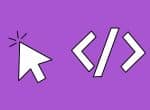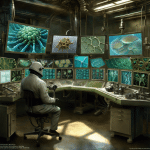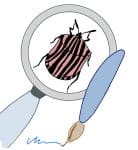Hi! My name is Mara. I am studying computational modelling and simulation in life sciences and am working as a student assistant at ScaDS.AI in Leipzig in the group of Dr. Robert Haase. I would like to facilitate and increase the exchange between computer scientists and biologists. Hereby, I focus on bio-image analysis applications. Happy reading and coding!
Scientific field: Computational biology
Microscopy background: Image Analysis
Posted by Mara Lampert, on 5 August 2025

Posted by Mara Lampert, on 18 July 2024

Posted by Mara Lampert, on 3 April 2024

Posted by Mara Lampert, on 1 June 2023

Posted by Mara Lampert, on 3 May 2023
